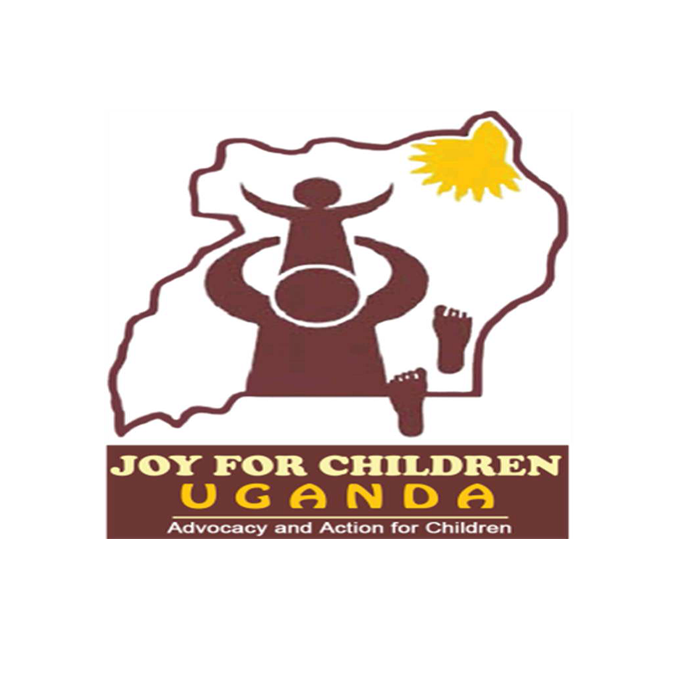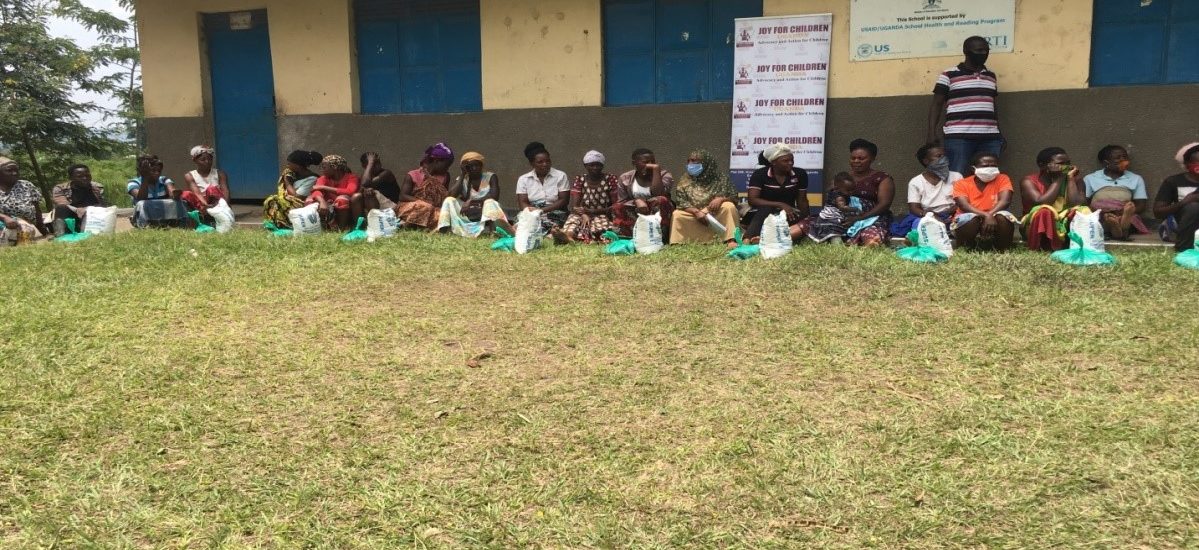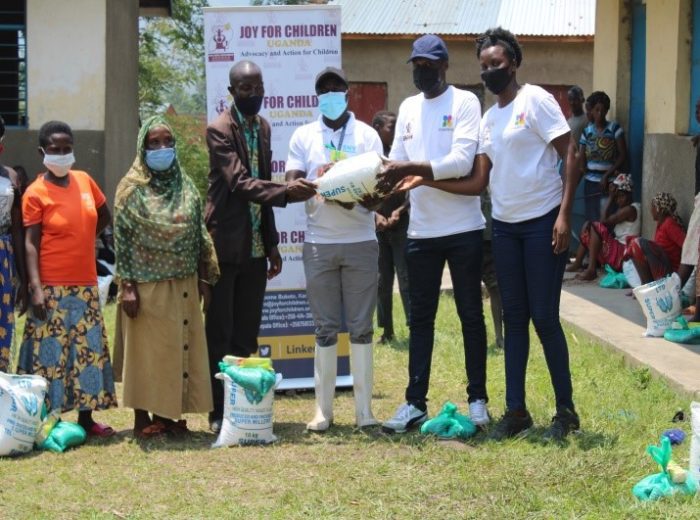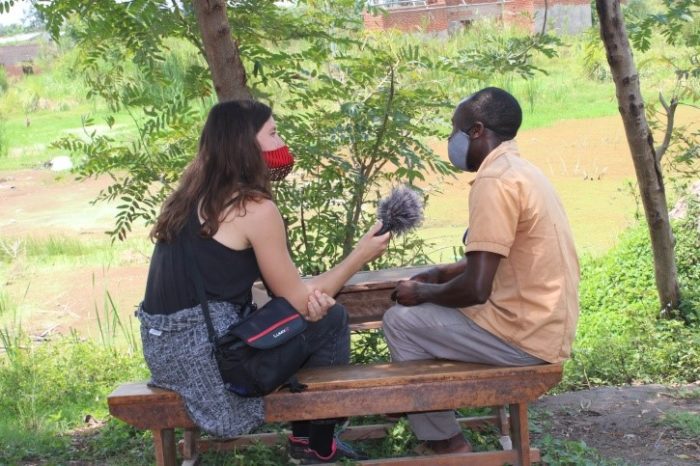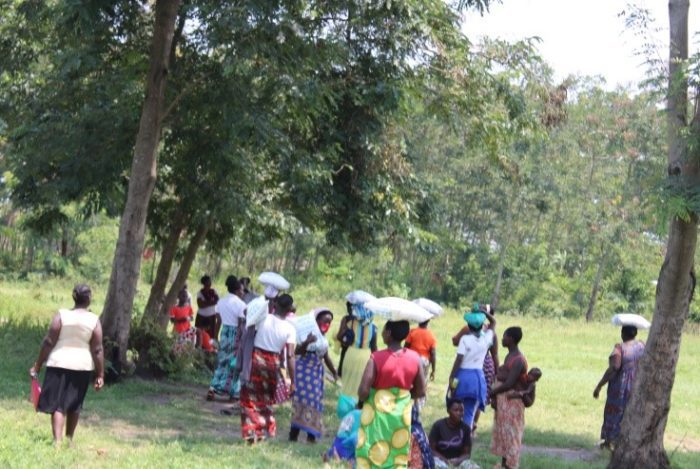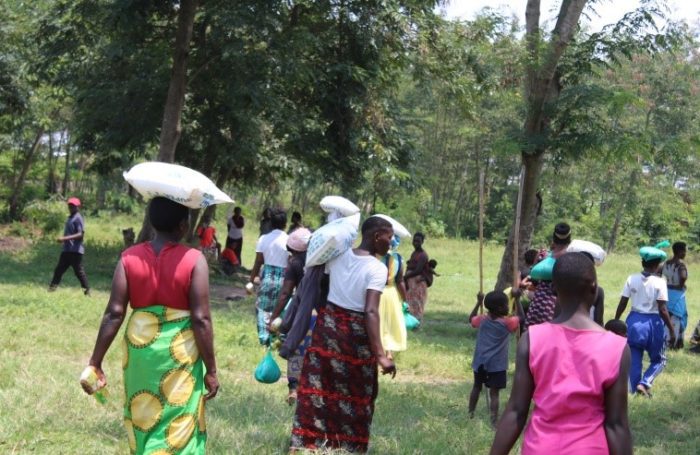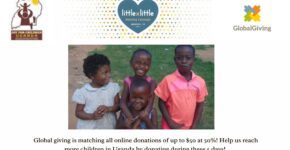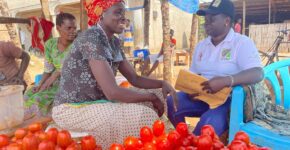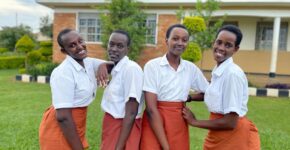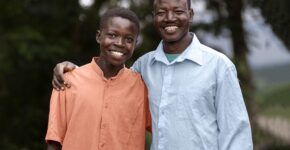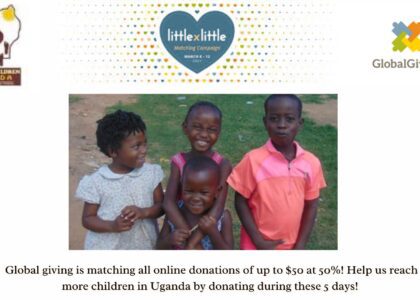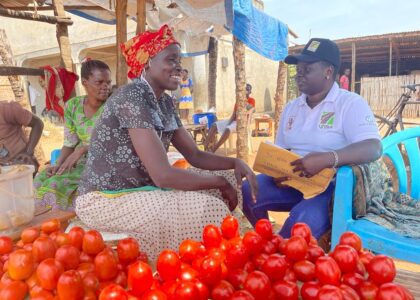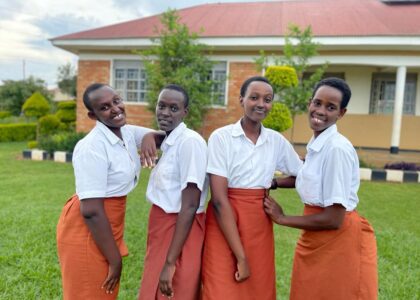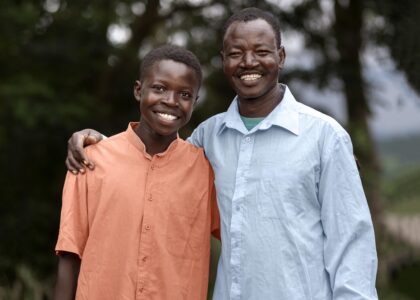FOOD RELEIF FOR DISPLACED PERSONS IN KASESE DISTRICT
Over time, Uganda has experienced climate emergency and unfavorable environmental conditions in the Ruwenzori region with Kasese district being most hit by floods. Flash floods are caused by a combination of natural and man-made factors such as earth quakes, volcanic eruptions, deforestation, mining and ground water depletion. The damage caused by Flash floods are severe because of the speed and force with which the flooding occurs and the short time for evacuation.
7th May 2020 will forever remain on the minds of the people in Kasese district, areas around river Nyamwamba and mobuku were hit by disastrous floods that peaked on the morning of May 10th. Another disaster followed on May 21st in the areas of Mpondwe-Bwera where flash floods and landslides further destroyed bridges and infrastructure leading to the death of more than 10 people.
The flooding started with river Nyamwamba bursting its banks in the areas of Kasese Municipality sweeping away Kyanjuki-Katiri and Kilembe mines hospital. Simultaneous floods also occurred along rivers of Lhubiriha in Bukonzo west with impacts in the sub-counties of Kitholhu, Karambi and Mpondwe-Lhubihira town council. On the 26th of October, and new flash flooding episodes were reported in the district affecting area of Isule and Kyabihuka village in Maliba sub-county. 2 people were reported dead and 7,179 displaced, out of them 2,742 are living in the internally displaced camps (IDP) camps and 4,436 are staying with relatives.
According to the Internally Displaced Monitoring Center (IDMC, 2019) around 16.1 million people in the world were displaced in 2018 because of weather –related events; among them 33 %( 5.4 million) were displaced by floods.
According to the office of the prime Minister, disaster department, 65,250 people have been displaced by floods. (Uganda –Flood Impact Mobility Assessment, 4th-28th may 2020)
Following the outbreak of these landslides, hundreds of households were displaced and in December 2020, the office of the Prime Minister together with Kasese district local government temporarily relocated the displaced persons to 6 camps with Muhokya camp being the biggest with 289 households which is also the transit camp.
Household and Community –led initiatives.
Community participation is pivotal in emergency intervations.it is an important step towards enabling communities as active actors in that context and to help themselves. Communities are now part of the stakeholders who have a major role to play in the management of disasters such as Floods.
Creating awareness and warning about the potential of floods. Awareness and preparedness at the community and household levels have been intensified by the Local council leaders and Kasese district local government as the flash floods as those events are particularly rapid and intense and require an effective community response in a very short time. It is also important to listen to daily weather forecasts, inform the areas at risk of floods about the location of safe areas and the shortest routes.
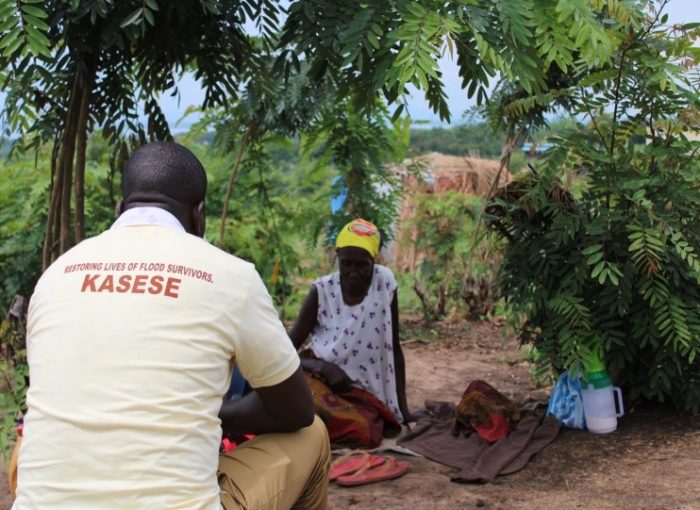
Institutional Interventions.
Joy for Children-Uganda, a child rights advocacy organization visited Muhokya internally displaced peoples camp on May 7th which is currently the biggest camp in Kasese district hosting 289 households with an average of 5 persons per family.
The harsh conditions in the camp do not necessitate the implementation of covid-19 prevention measures; the displaced persons housed in semi-permanent structures generally have limited access to safe clean water, proper sanitation, constant food supply and health care. Social distancing may be hard to enforce in the camp.
The children in the camp do not attend school and those that were in school before the floods are no longer in school, it is not because they do not want to attend school but the situation derails their chances of attaining an education. There is sufficient and unutilized land in the camp that could be used for cultivation.
The Camp Chairperson Mr. Kule Julius said the major challenge in the camp is lack of food and Tarpaulins. “We are lacking Tarpaulins in this camp, when it rains the water flows in and enters the houses, we also have a problem of fire wood and even food. People have been reaching to my office for food but I have been telling them to wait since I have been trying to make an advocacy to NGOS for relief”. He says.
The organization delivered relief items to the most vulnerable households (widows, child headed household, physically handicapped and the elderly) who were identified by the camp chairperson.
River Nyamwamba yet gain burst its banks on the 3rd September 2021, spreading to areas in Kanyangeya community displacing about 200 persons who have abandoned their homes and are currently residing at Kanyangeya primary school making it the 7th camp. The river was re-channeled; it’s no longer following its original path as a result of copper mining at Kilembe mines. Active mining stopped in 1982 and this has caused negative impacts on the communities.
Unfortunately the flooding water has started containing Hippopotamus; I don’t know why. There are 3 Hippos around here which puts peoples’ lives at jeopardy. Singoma Joseph, Kasese district planner
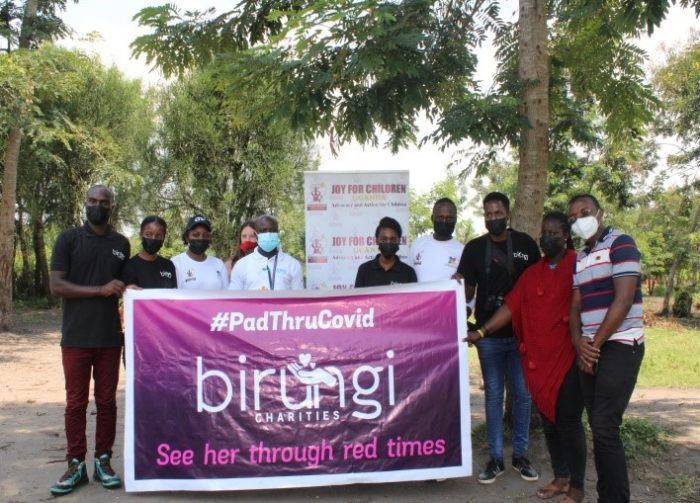
As a result of the current floods, Joy for Children in partnership with Birungi Foundation yet again reached out to about 200 people displaced at Kanyangeya primary school.
All those houses have been abandoned. They were very many. The only solution is to desilt and routine maintenance of river Nyamwamba. Without doing that nothing will be solves because it was kilo meters away from where it has reached now. Area chairperson; Kanyangeya.
The outreach was carried out on 5th September in commemoration of the international day of charity. We supported about 200 people with 400 kgs of maize flour,40 bars of soap,250 kgs of beans,100 packs of re-usable sanitary towels and clothes for both children and adults.
Observations.
- There are no hand washing points at the camp, the women and children seem to lack knowledge about the covid-19 pandemic and the preventive measures. They face major barriers to implementing the prevention measures; limited space, frequent movements in and out of the camp to look for work. Good hygiene practices, including frequent and hand washing with soap or an alcohol-based hand sanitizer is one of the most important methods of preventing the spread and transmission of COVID-19.
- There is no health facility within the IDP camp, nearby private owned healthcare facilities were identified in Kanyangeya community. Expectant mothers have to walk long distances to access the antenatal services at Kilembe hospital. IDPs would be at risk, particularly those with chronic illnesses, older persons, child headed households and persons with disabilities.
- There is limited space at the school for all the persons that are displaced; only a few of the classes are open for shelter. The shelter provided does not have sufficient space to practice social distancing or isolation and there is no privacy between old people and the children, communal sharing of washrooms which is not appropriate particularly for women and girls when they are on their period.
- There are no or limited options to ensure their food security. IDPs lack access to land that can be used for cultivation. Even in other camps such as Muhokya where land is available, in many cases they have to pay fees for its usage which further adds to their financial burden and threatens income-generating opportunities.
- The camp at Kanyangeya primary school is mainly populated by children and women most of whom are single mothers. The children are between the ages of one and 7.
Recommendations
As the Government of Uganda continues to make progress towards desilting River Nyamwamba and resettling the displaced persons, it is imperative to rehabilitate women and men in the camps which will help integrate them back in their previous social structures.
- There is immediate need for humanitarian action which provides IDPs with social services such as health, education, empowerment programs, relief (food and non-food items).Government, civil society, private sector and international agencies should channel their efforts towards this.
- International agencies should engage researchers and civil society organizations to reach out to the displaced persons particularly children and women ,train them in income generating activities such as tailoring and train young girls on making of re-usable sanitary towels at a commercial level.
- The government of Uganda should consider providing proper housing facilities to the displaced persons to allow physical social distancing, separate quarters for individual families should be provided.
- Primarily, there should be a concrete plan to desilt River Nyamwamba and ensure continuous maintenance so as to prevent it from flooding, relocate the displaced persons or better yet allocate land for cultivation so as to improve on their household incomes.
